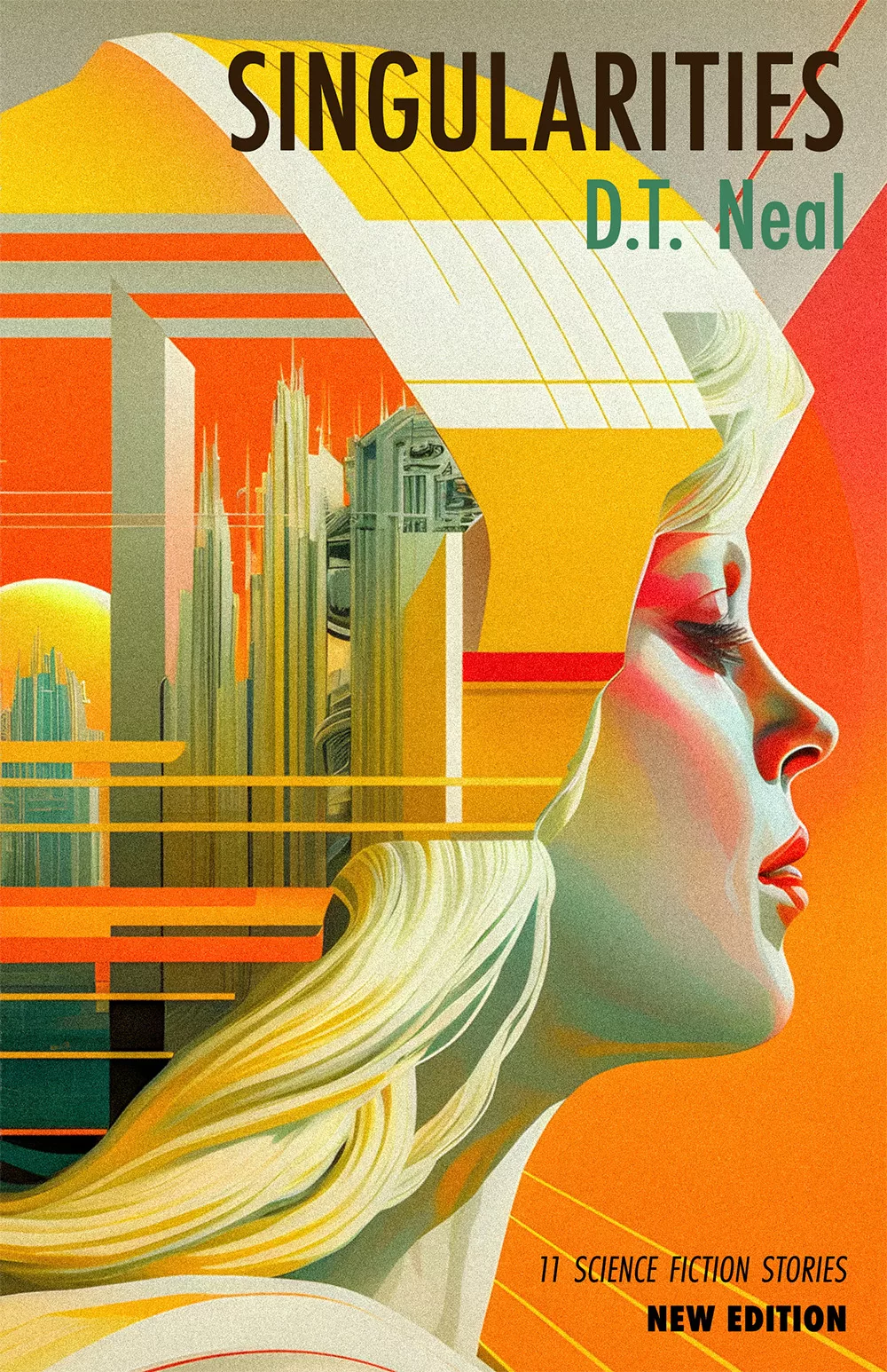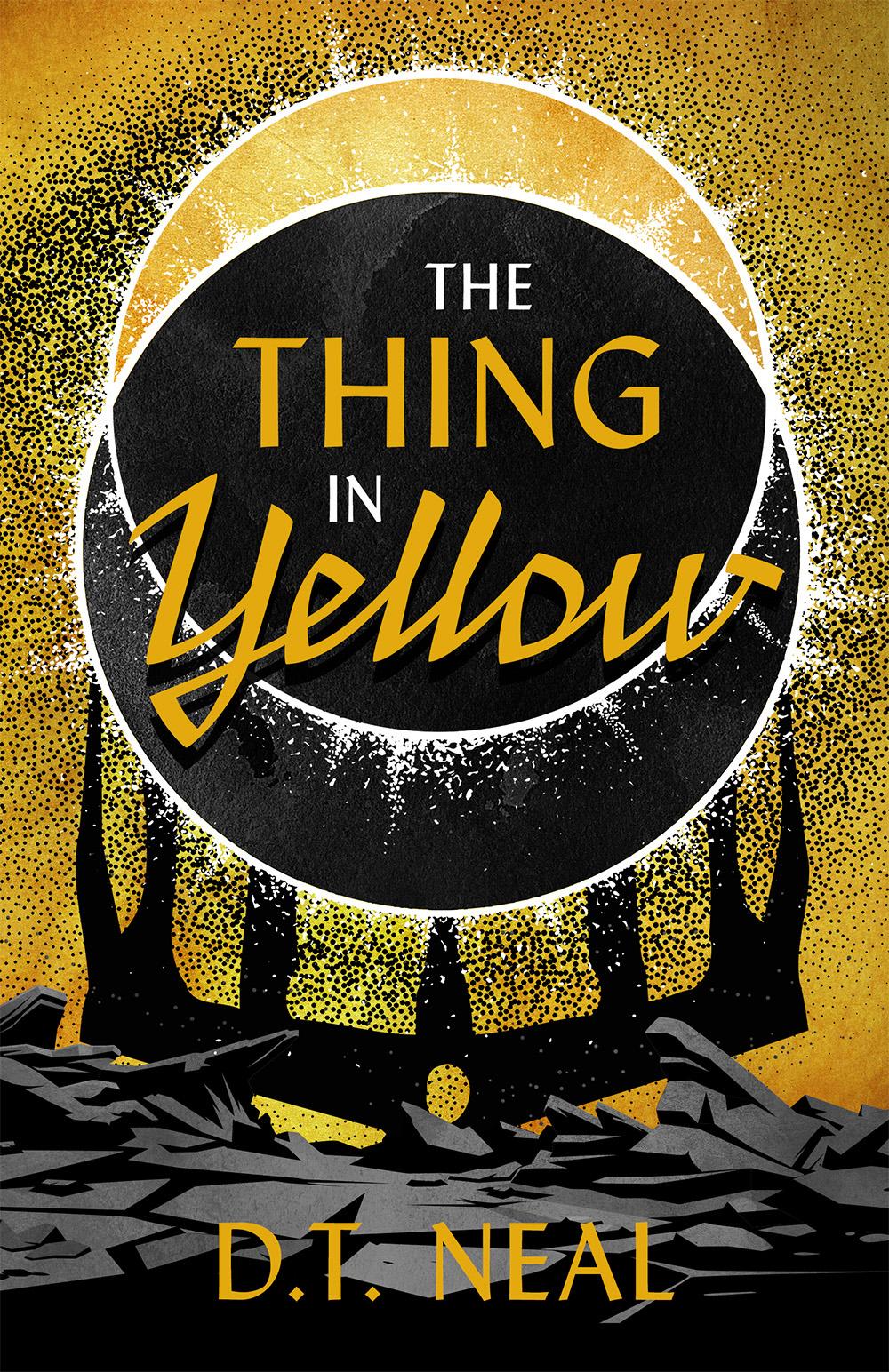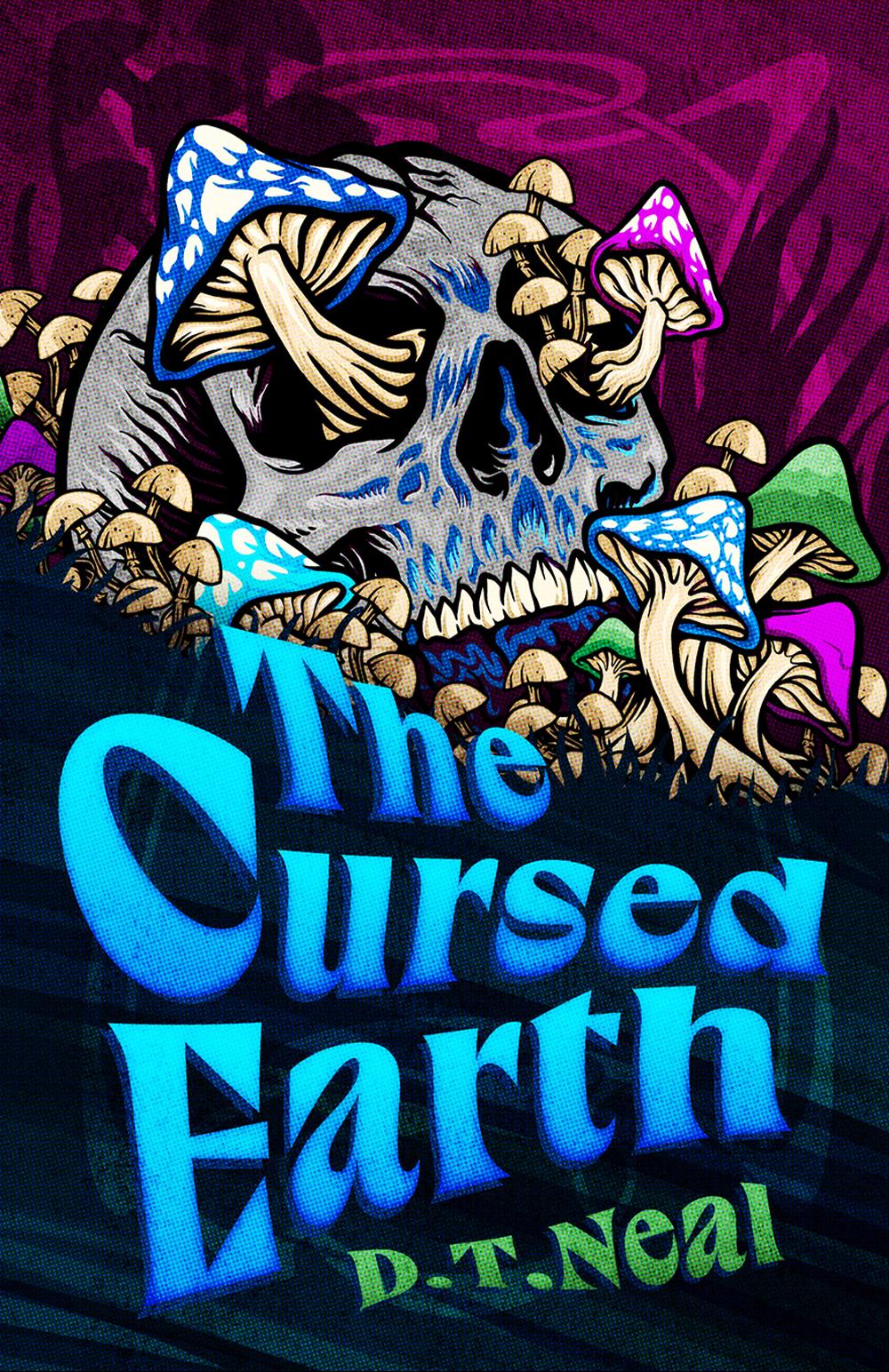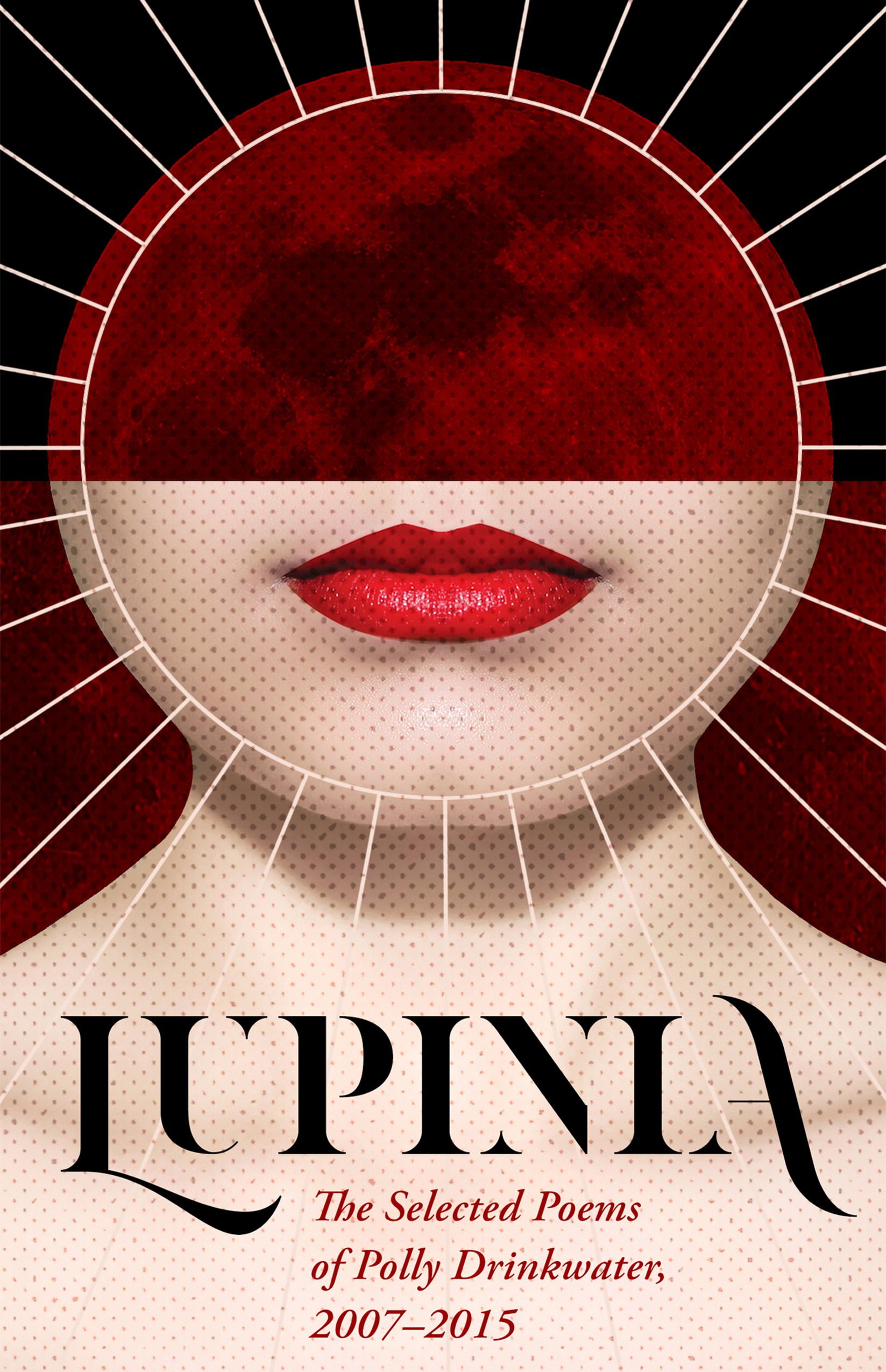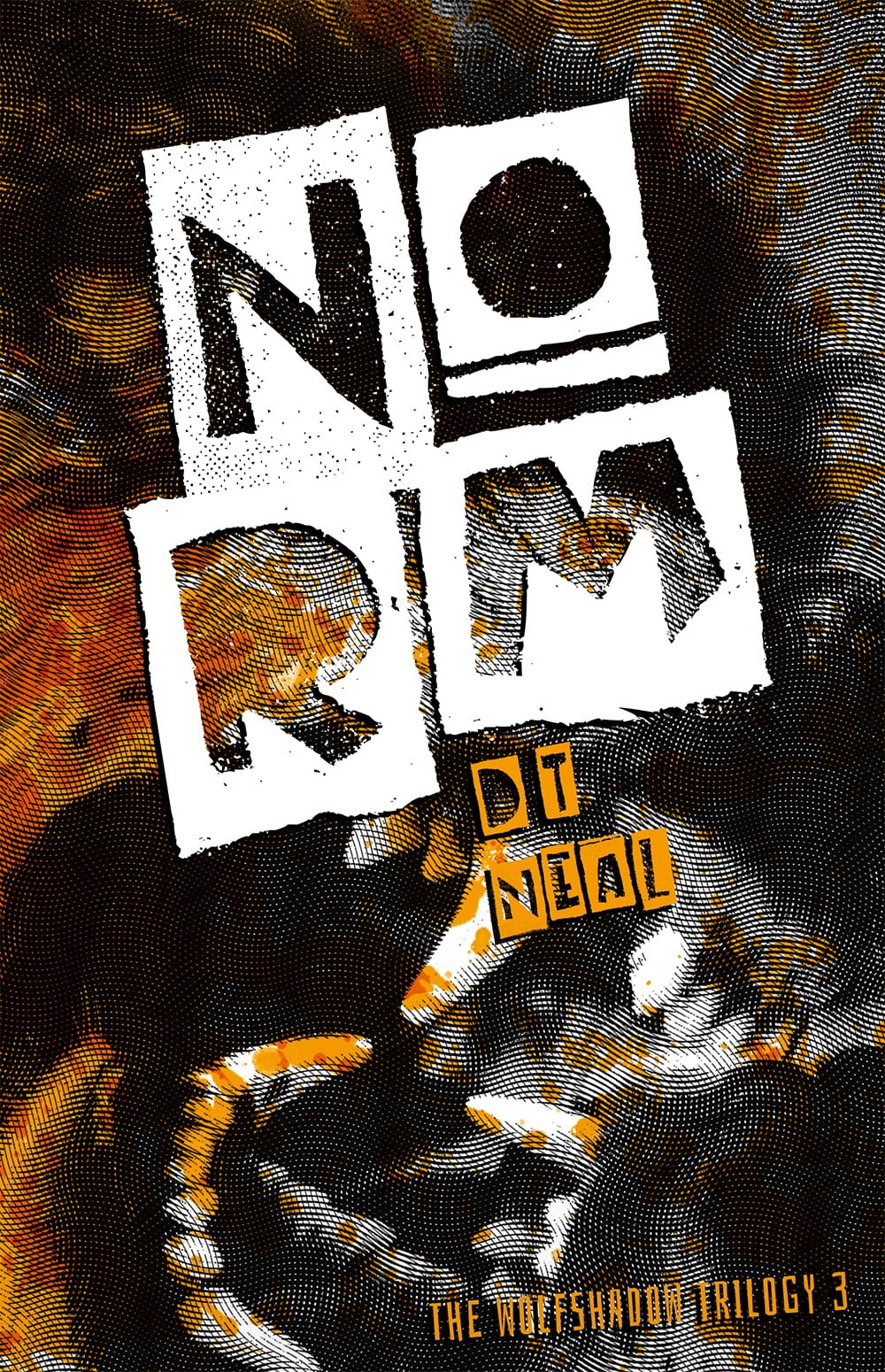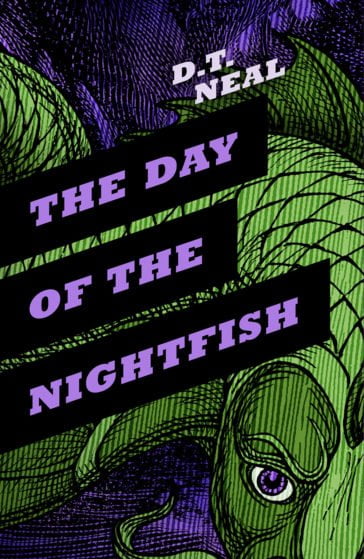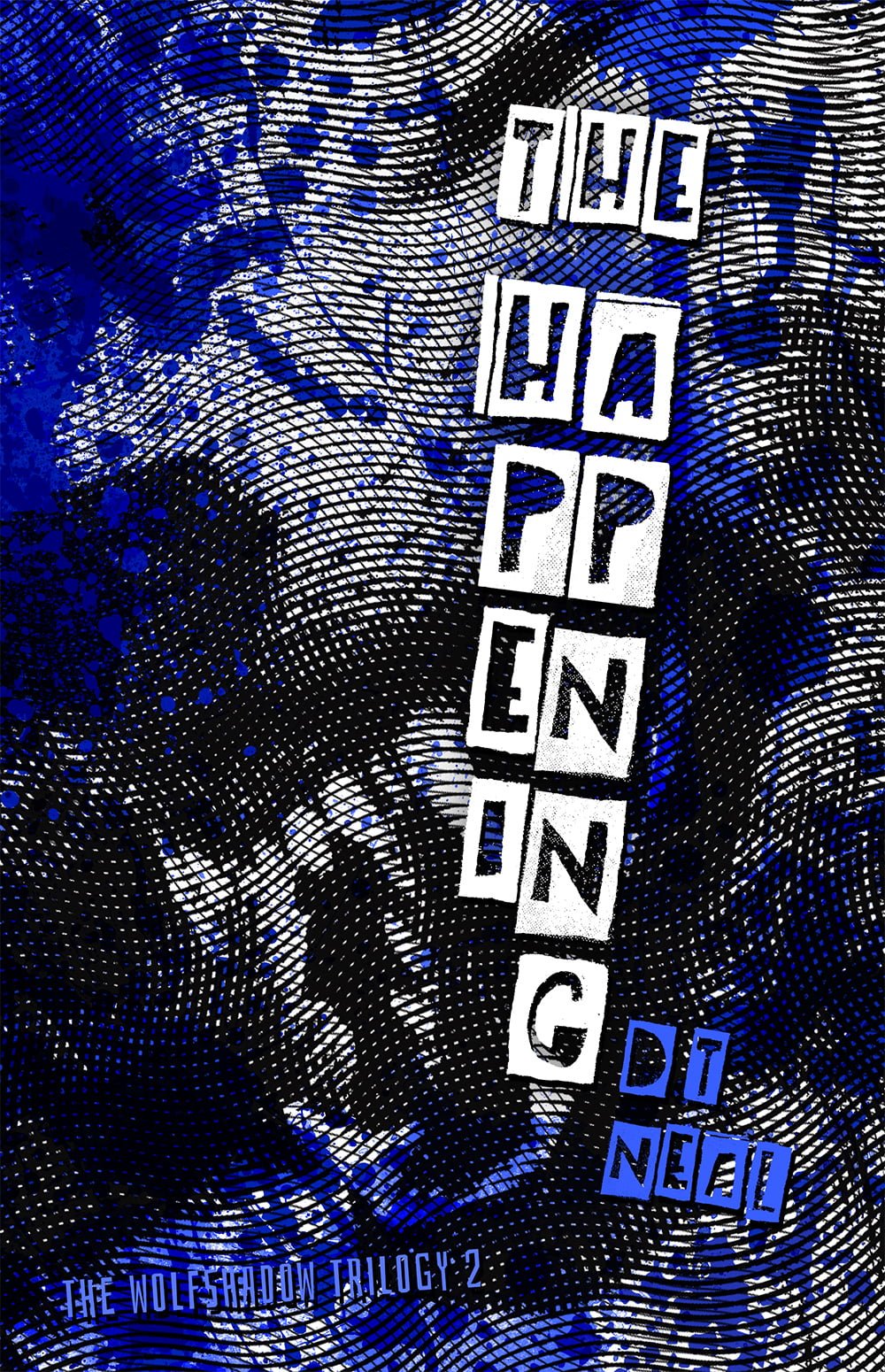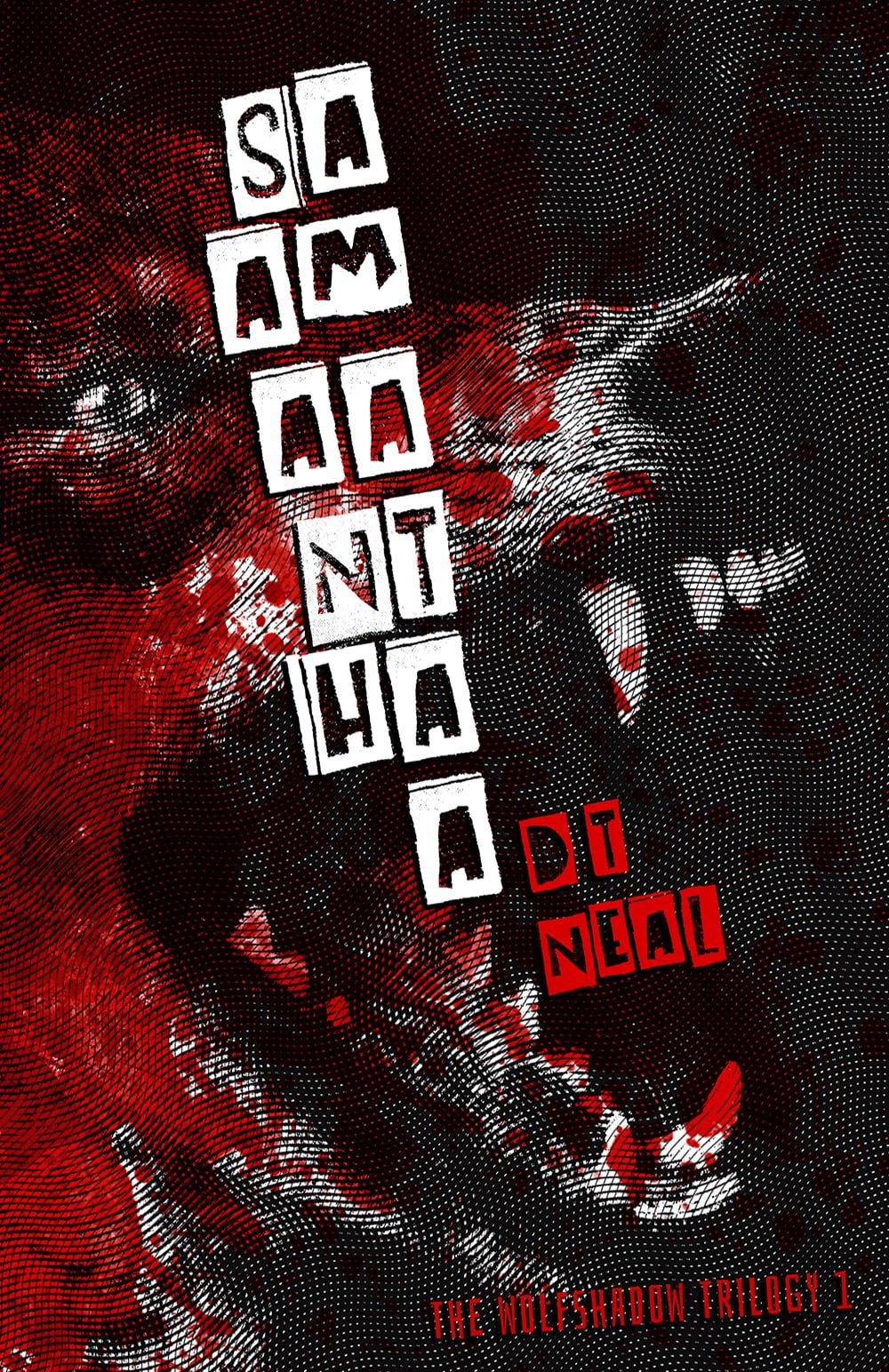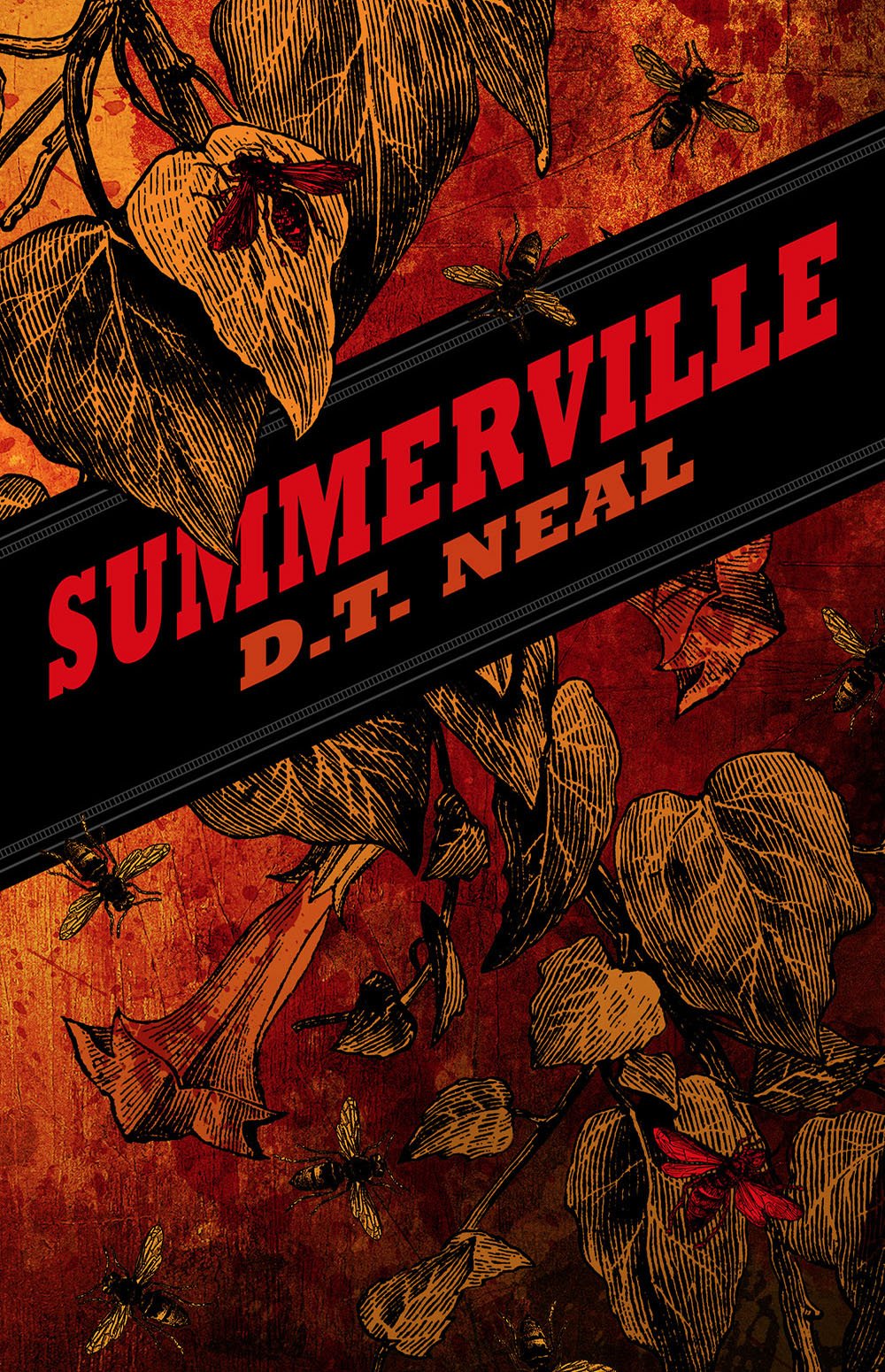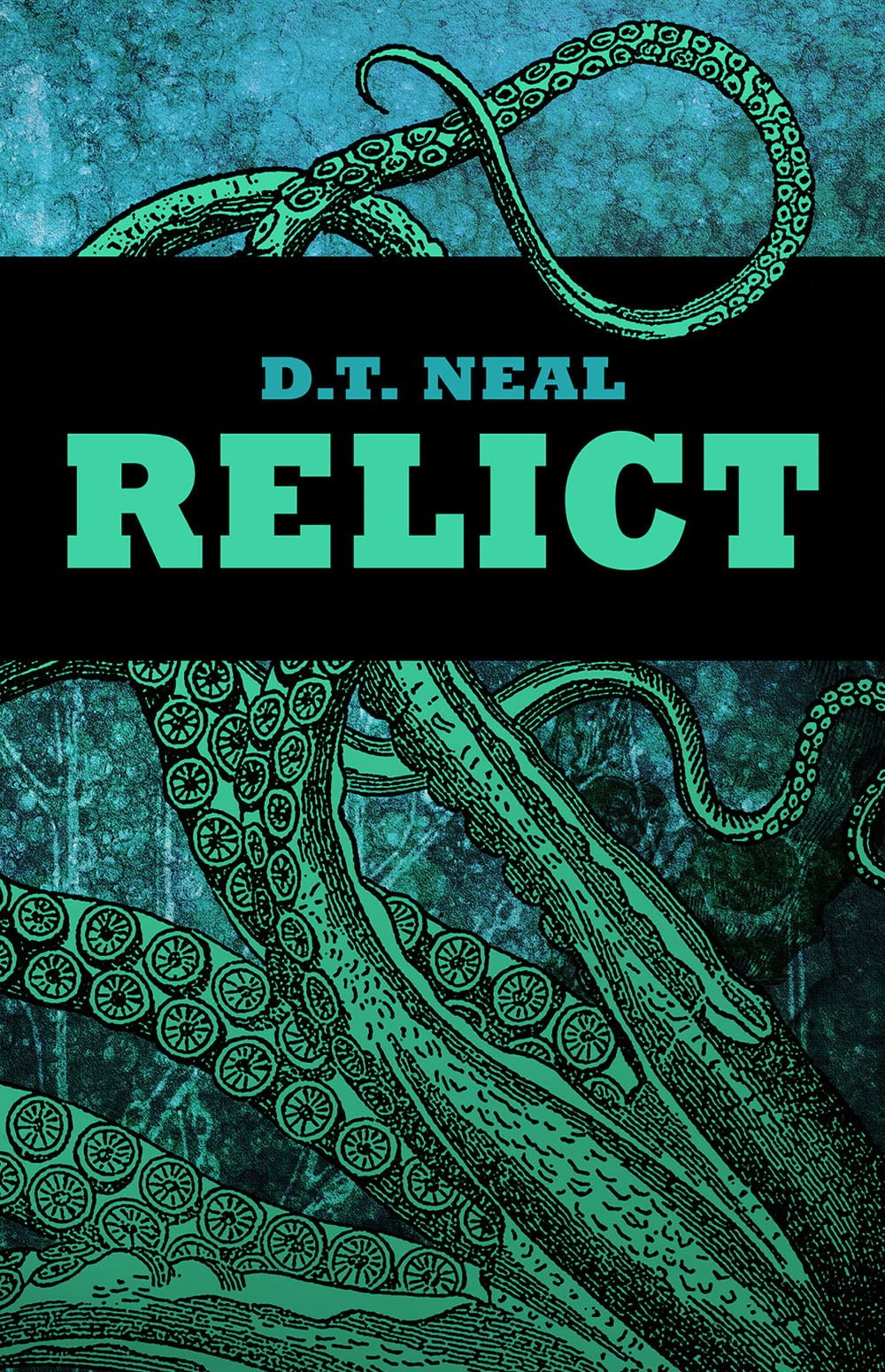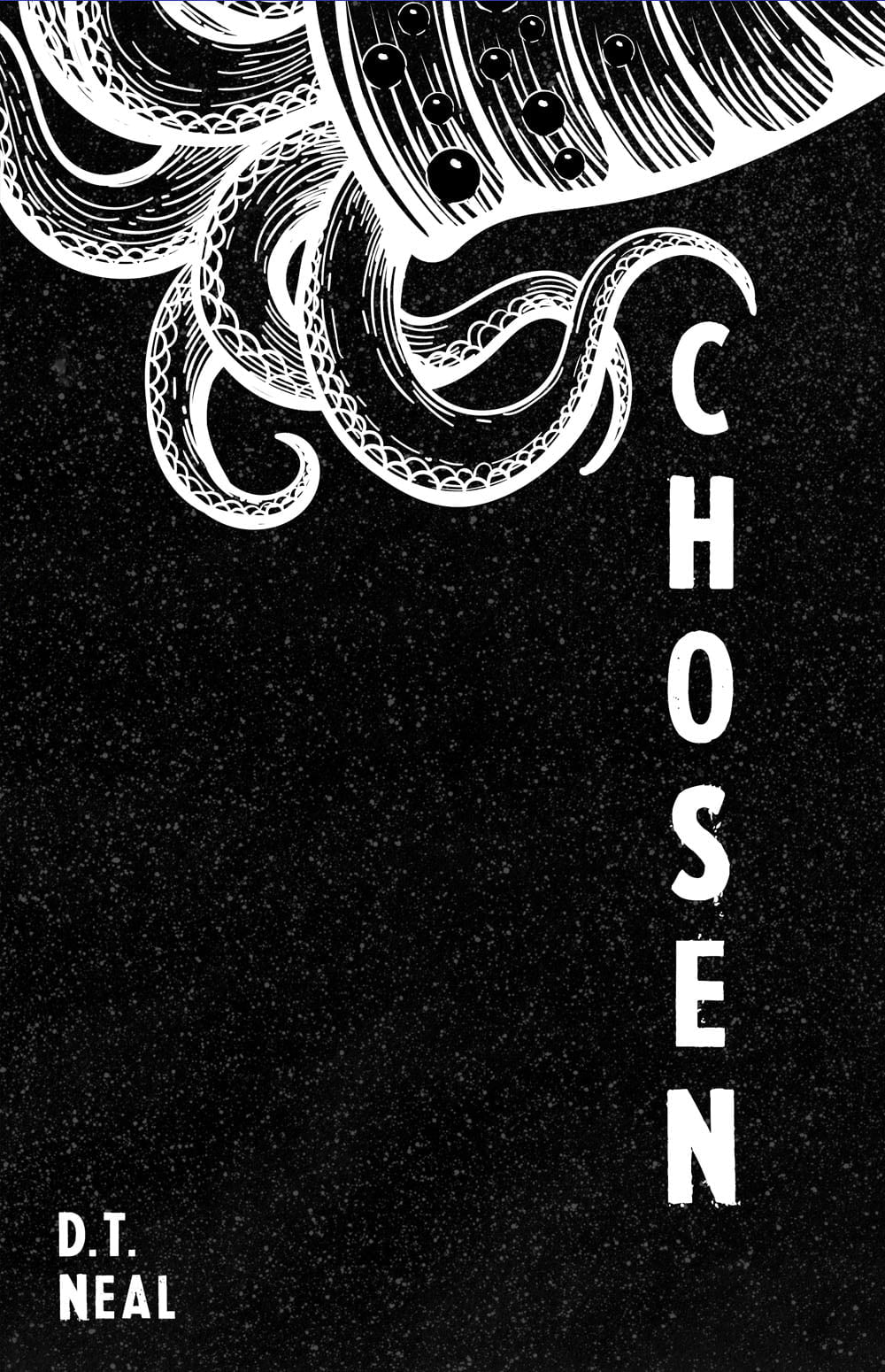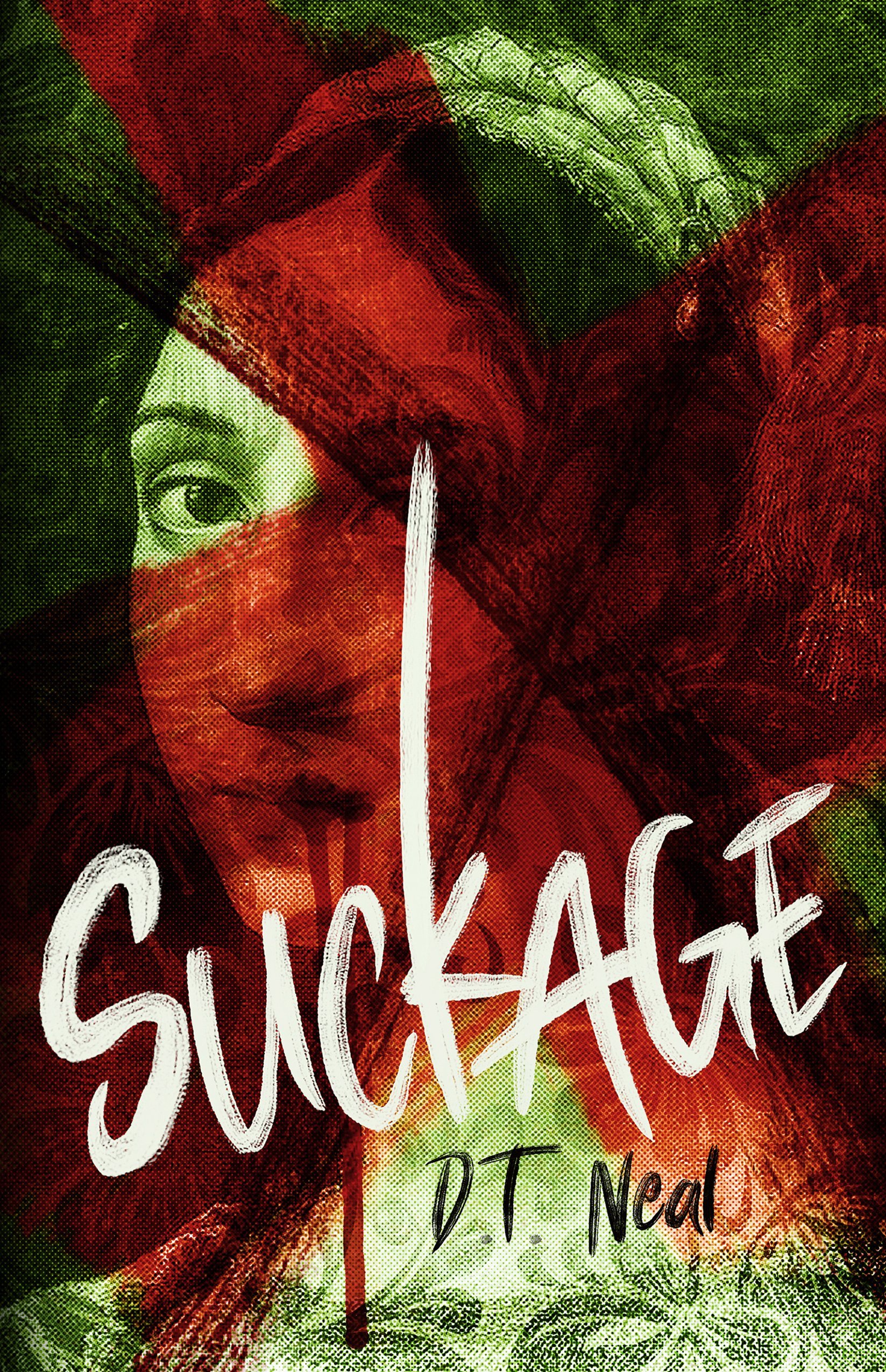NOSETOUCH PRESS
D.T. NEAL
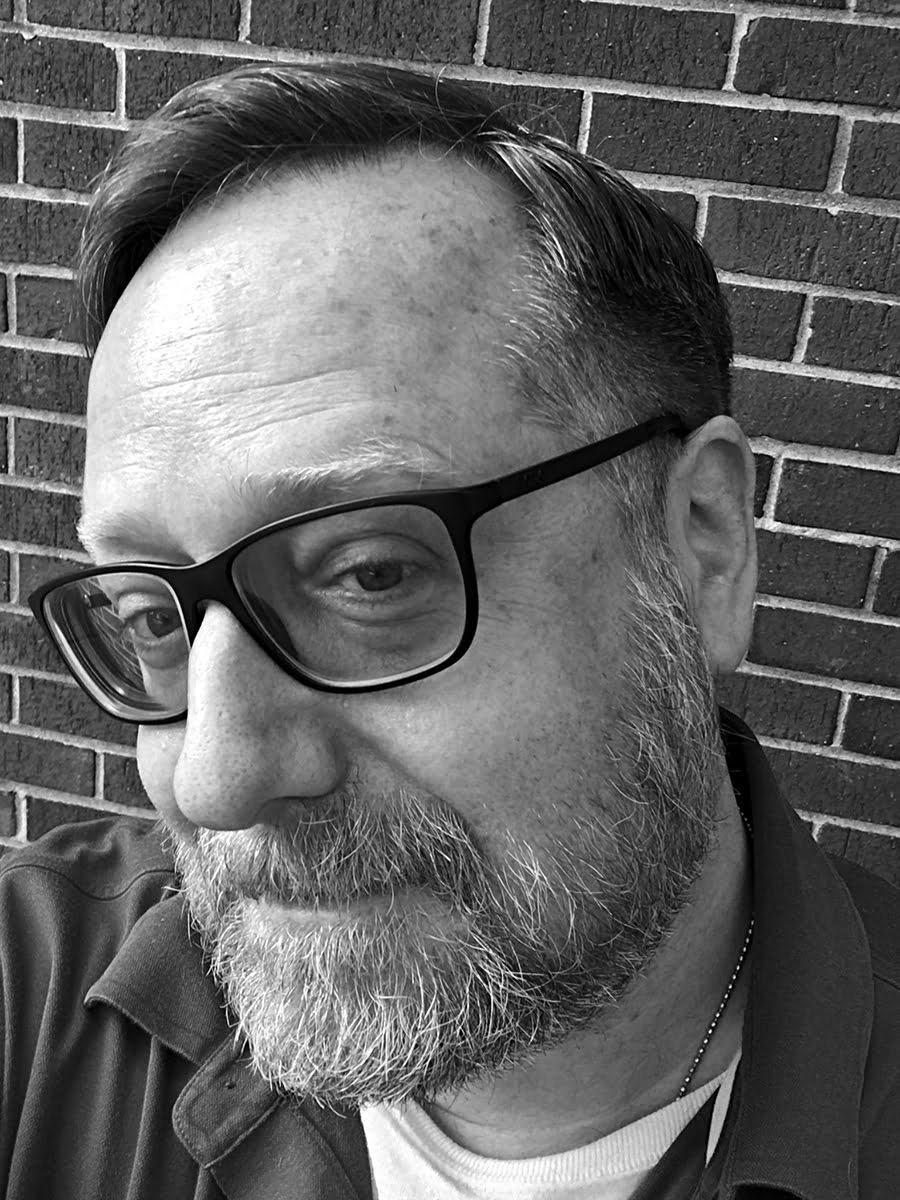
Born in Missouri, growing up in Ohio, and settling in Chicago, D. T. Neal has always written fiction, but only got really serious about it in the late 90s. He brings a strong Rust Belt perspective to his writing, a kind of “Northern Gothic” aesthetic reflective of his background.
Writing his first novel at 29, he then devoted time to his craft and worked on short stories, occupying a space between genre and literary fiction, with an emphasis on horror, science fiction, and fantasy. He has seen some of his short stories published in “Albedo 1,” Ireland’s premier magazine of speculative fiction, and he won second place in their Aeon Award in 2008 for his short story, “Aegis.” He has lived in Chicago since 1993, and is a passionate fan of music, a student of pop culture, an avid photographer and bicycler, and enjoys cooking.
He has published six novels, Saamaanthaa, The Happening, and Norm—collectively known as The Wolfshadow Trilogy—Chosen, Suckage, the cosmic folk horror-comedy thriller, The Cursed Earth. He has also published three novellas—Relict, Summerville, and The Day of the Nightfish.
He co-edited THE FIENDS IN THE FURROWS folk horror anthologies, The Fiends in the Furrows: An Anthology of Folk Horror, The Fiends in the Furrows II: More Tales of Folk Horror, and The Fiends in the Furrows III: Final Harvest.
AWARDS:
• 2008 Aeon Award, Second Place for “Aegis”
• 2009 Honorable Mention, “Best Horror of the Year,” edited by Ellen Datlow for “Aegis” and “Rotgut.”
• Runner-up, 2013 Best New Novel by a Chicagoan, Chicago Reader, for “Suckage”
• Shortlisted for the 2012 Aeon Award for “Day of the
THE THING IN YELLOW MINI INTERVIEW
Tell us about your latest book.
My latest book is a short story collection entitled, THE THING IN YELLOW—it’s a collection of thirteen short stories written in homage to the Robert Chambers book, THE KING IN YELLOW, which came out in 1895.
What’s it about?
DTN: I love THE KING IN YELLOW—I think Chambers managed to touch on some fascinating cosmic horror and weird fictional insights in his book. Themes of madness, the cursed play (of course), artistic decadence, and the cosmic grandiosity of the King in Yellow—all of that have made his work heavily influential on other writers of weird fiction, particularly HP Lovecraft, among many others.
I had this idea a few years ago to craft my own collection that uses the King in Yellow mythos in newer, more modern, even postmodern kinds of contexts. That’s how THE THING IN YELLOW came about. Each story explores that mythos in different ways, and offers up explorations of all sorts of things—artists and their creations, cultural preoccupations and fad/fan culture, madness (of course), art and artists, decadence, corruption, decay, and so forth. And I put all sorts of narrative zigzags in there, where one story might refer to something (or someone) in another story, so there are kind of easter eggs peppered throughout the collection. That was great fun for me, and makes the book work as a collection of weird tales, and as something larger.
Maybe it’s post-weird fiction, I don’t know. For anyone living today, what’s weird? Everything’s weird. Or everything’s so ordinary that it’s weird. It’s easy to be jaded in 21st-century America, honestly, which is pretty weird, when you scratch the surface a bit.
What makes weird fiction weird, and why does it appeal to you?
Weird fiction historically refers to speculative, especially horror fiction that tossed aside conventional tropes in favor of transgressive narratives that left readers in a, well, weird place. I half-jokingly call it “tentaclecore” because of the primacy of tentacles as the go-to appendage of weird fiction, a sort of mascot most famously embodied in Cthulhu. I have toyed with tentaclecore in my novella, RELICT, as well as my novel, CHOSEN—so, there’s some weird skin in the game for me. What can I say? I’m a sucker for tentacles!
Sounds intense!
It is, in a more quietly atmospheric way. THE THING IN YELLOW doesn’t offer up characters to the ever-running woodchipper of contemporary horror; rather, it’s more of a diabolical dance with unseen (or only partly-seen) forces that are, at least within the confines of the story, very real, but resist being directly glimpsed.
For me, that’s always more interesting, much the way a ghost story, while light on gore, can serve up genuine chills. The chills in my collection are more analytic in their implications, and I think readers who enjoy “reading between the lines” may find all sorts of horrors and terrors lurking just beneath the surface, which is in keeping with the King in Yellow mythos. Madness is the flip side of reason, and the two carry out their danse macabre in this way, and who knows which one leads?
I know that I had a great time writing these stories, and found them immersive and oddly transfixing (itself a very meta experience for anyone writing about the King in Yellow), and I hope readers will, too, especially fans of this mythos. And for people who haven’t ever read THE KING IN YELLOW, I think if they stumble onto my collection, it’ll help them find their way to the Chambers book and appreciate it even more. Which they absolutely should.
THE CURSED EARTH MINI INTERVIEW
Tell us about THE CURSED EARTH.
THE CURSED EARTH is a cosmic folk horror comedy thriller novel set in the forests of Pennsylvania. It centers around the fictional town of Lynchburg, which is heavily involved in mushroom farming. That’s a big business in Pennsylvania, and I thought it was a rich source of inspiration. There’s basically this group of gang members in hiding in a gated community—they’re on the run from the authorities in Pittsburgh—and they’re in need of money, so they come up with a plan to extort the local Nightcap Mushroom Farm, a successful business near Lynchburg. This takes place close to the Fungus Festival, a big mid-September event for the town, which draws a lot of outsiders to the community. There are a number of characters and subplots to this story, but that’s the dark heart of it. Things get pretty crazy once the outsiders cross paths with the locals of Lynchburg.
I didn’t plan on it being comedic, and it’s definitely NOT a parody of folk horror—but I have a dark sense of humor, and I think a lot of that bled into the pages of this novel (pun intended). I’m a fan of writers like Ira Levin, Joseph Heller, and others, and found the horror and the humor flowed together in this book. Terrible things happen to unfortunate people, but there’s also an aura of absurdity and insanity in it that I just ran with. Anybody living in America these days can relate to the braiding of laughter and horror, honestly, and I think I captured it in this book. Readers should find plenty to be terrified and horrified by this one, but also plenty of things that should make them laugh, too.
What do you like about folk horror?
I find the countryside fascinating and haunting. America is such a massive country, with so much land, I feel like there’s abundant terrain to explore. Having spent most of my life in the big city (Chicago), but having grown up in the Rust Belt (Youngstown, Ohio) I’m very accustomed to the pace of urban life.
Folk horror thrives in those rural settings, and it draws me because it’s a very alien place. I try to push the subgenre of folk horror into different areas—hence my delving into mushroom farming, which seemed naturally chthonic and both vibrant and full of life and also bound up to death and decay. Pennsylvania has a really great landscape, and I ran with that. The atmospheric nature of folk horror entices me as well. There are motifs with it, symbols and imagery that are intrinsically creepy. I dig that.
I ran with mushroom farming for this novel because I thought it might bring a nice angle to the fairly standard fields-n-farms perspective of folk horror. It helps that Pennsylvania has a major mushroom farming industry, so it made it the natural locale for the story, and since I have a lot of history with Pennsylvania (including family in the region), I played with that as the setting, did a ton of research on mushroom farming and on mushroom species, etc. That all flowed into the book.
What are you working on next?
WOLFSHADOW MINI INTERVIEW
Tell us about NORM.
NORM is the final book in the Wolfshadow Trilogy, wrapping up something I started a decade ago with SAAMAANTHAA, the first book in the series. I’m really happy to revisit characters from the first two books, including Ansel Rupino, Polly Drinkwater, and Dr. Mina Milkowski, as well as to introduce readers to new characters like Norm Stockwell.
NORM is much more of a horror-thriller in the vein of THE HAPPENING, the second book in the series, although I think it has some of the emotional pull of SAAMAANTHAA, as well. It’s been a journey.
Why werewolves?
They’re such a classic horror archetype. When I originally wrote SAAMAANTHAA, people were still fairly enamored of vampires, and I always thought werewolves got kind of short shrift. So, I wanted to do justice to werewolves in a way that was both horrifying and fun. The archetype endures because people can relate to wrestling with their animal natures, but I also wanted to play with it, see where it could take me.
Where did it take you?
The story ripped through a lot of characters, to be honest. Werewolves are messy. I think Samantha says that at one point in the first book, and she wasn’t wrong. That messiness is both the fun of them and the challenge of rendering them credibly in fiction. I think it’s funny in that Samantha was determined to stand apart from her peers and be special, and saw lycanthropy as her magic ticket. We see the terrible effects of that in the first book, as well as in the second one.
It all sort of goes full circle by the time we get to NORM, where there’s a real drive to return things to what passes for normal in America. While SAAMAANTHAA came out in 2011, and THE HAPPENING in 2015, I feel like there are a lot of parallels with what we’re dealing with in 2021, in terms of dealing with the aftereffects of a global pandemic. I think the series captures a lot of the challenges we face as a country, as a people, as a culture, when confronted with something horrifying and horrible.
What other projects do you have?
I’ve written two nautical horror-thriller novellas, RELICT (2013) and THE DAY OF THE NIGHTFISH (2020) that have been well-received by readers. I have a third one in mind that I’d like to tackle within the next two years. There’s something about nautical horror that appeals to me. Probably because I consider the ocean pretty terrifying. I have a few other projects rattling around in my head, but we’ll see where they lead.
What’s your favorite ice cream?
My all-time favorite is Handel’s Chocolate Pecan. That’s just such good stuff. I almost never have it, but fondly remember it. If you’ve never had it, you should. It’s just the best.
My other favorite flavors are mint chocolate chip and pistachio — I have a weird thing for green ice cream, I guess. I very rarely have ice cream around because I’ll totally eat it if it’s there. Sometimes I compromise by getting gelato, which feels somewhat less bad to eat. It’s practically health food (haha).

